Introduction
The 2022 Habitat Competition, organized by the Association of Collegiate Schools of Architecture (ACSA), Habitat for Humanity, and The National Ready Mixed Concrete Association (NRMCA), has recently concluded, showcasing innovative approaches to climate-positive concrete housing. This year’s challenge tasked students with exploring design issues related to the use of concrete in Habitat home construction. Let’s delve into the winning entries and their implications for sustainable architecture.
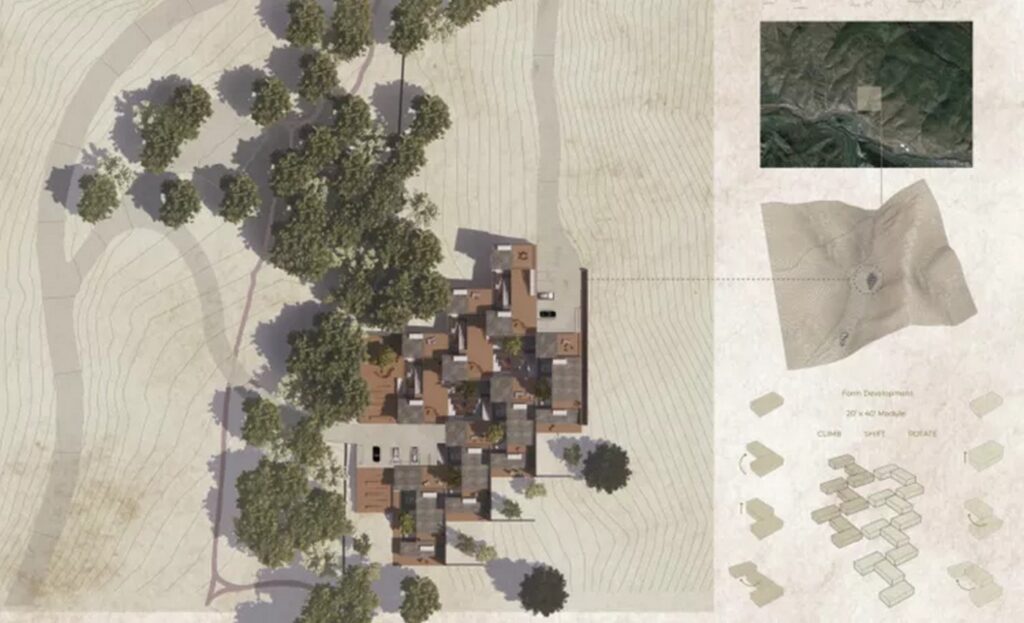
Assessing Architectural Solutions
Creating low-rise concrete housing that is climate-positive poses a significant challenge due to the upfront carbon footprint of concrete production. Cement production alone contributes to 5% of global carbon emissions, raising questions about the sustainability of concrete-based construction. However, the winning entries offer insights into mitigating these environmental impacts while addressing design and affordability considerations.
Terraced Housing Scheme by Abby Loftus
Abby Loftus from the Savannah College of Art and Design presents an aesthetically appealing terraced housing scheme for low-income residents in a Colorado ski town. Despite its architectural merit, the use of conventional insulated concrete forms (ICF) raises concerns about its carbon intensity, particularly in above-grade construction.
Sustainable Design Approach by Stella Coble & Michelle Powell
Stella Coble & Michelle Powell from the University of Texas at Austin offer a sophisticated design solution that incorporates concrete panels made from liquid waste carbon-injected concrete. By minimizing cement emissions and utilizing recycled materials, their project demonstrates a proactive approach to reducing environmental impact while ensuring structural integrity.
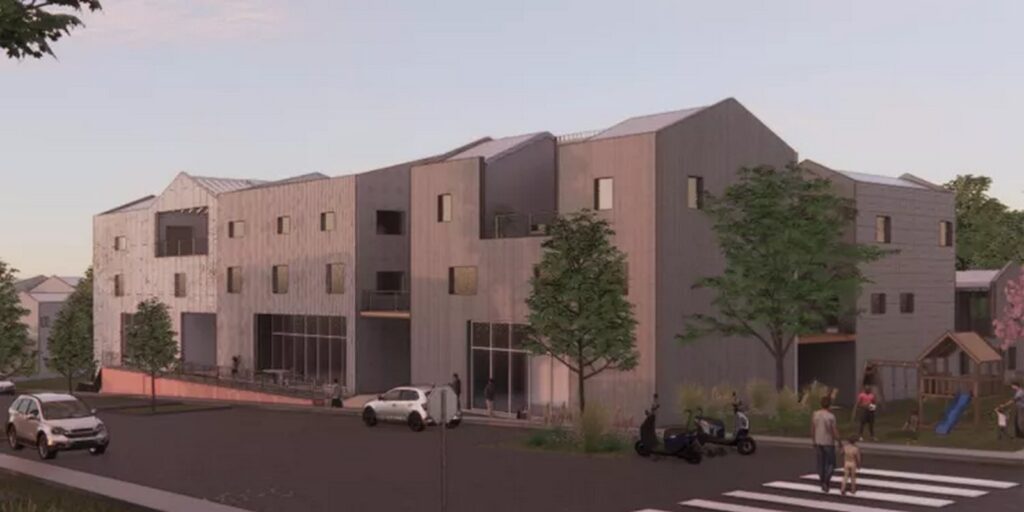
Innovative Material Substitution by Bella Scott
Bella Scott’s project from the University of Illinois, Urbana-Champaign, explores the use of “Ashcrete,” a concrete substitute made from recycled fly ash. While Ashcrete offers durability and longevity, sourcing fly ash from coal-powered plants raises logistical and environmental challenges, highlighting the need for alternative materials.
Resilient Housing Design by Ryan Bramlett & Nikolas Makela
Ryan Bramlett & Nikolas Makela from the University of Colorado Denver propose precast concrete systems for resilient housing in New Orleans. Given the city’s susceptibility to natural disasters, concrete offers a viable solution for enhancing structural resilience and minimizing lifecycle costs.
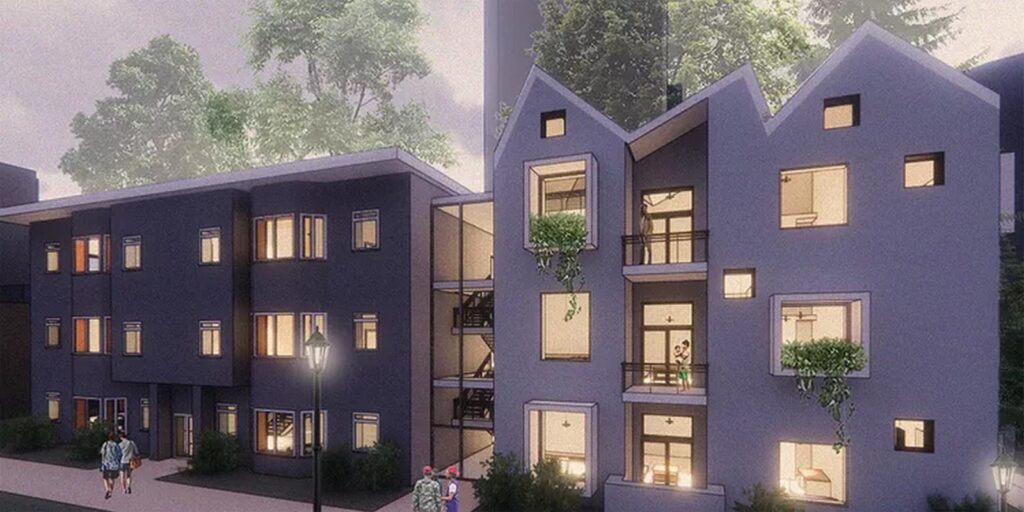
Reflecting on Sustainable Practices
The Habitat Competition prompts critical reflections on the appropriate use of concrete in housing construction. While advancements in concrete technology offer promising avenues for reducing carbon emissions, careful consideration of local context and environmental factors is essential. As educators and practitioners, it is imperative to foster discussions on sustainable design principles and advocate for responsible building practices.
Conclusion
The 2022 Habitat Competition serves as a platform for showcasing innovative approaches to climate-positive housing design. While concrete remains a prevalent building material, its environmental impacts necessitate strategic interventions to achieve sustainability goals. By championing interdisciplinary collaborations and embracing emerging technologies, architects can spearhead the transition towards a more resilient and environmentally conscious built environment.


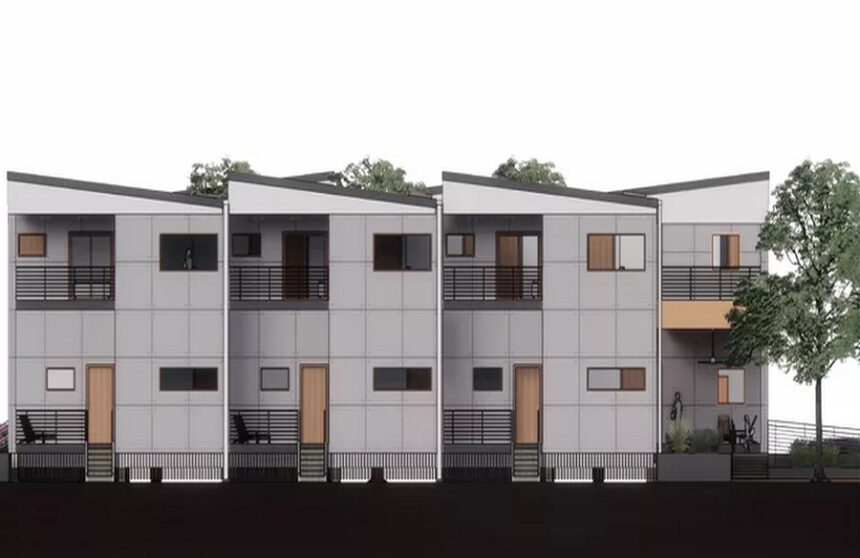




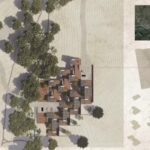
Leave a Reply